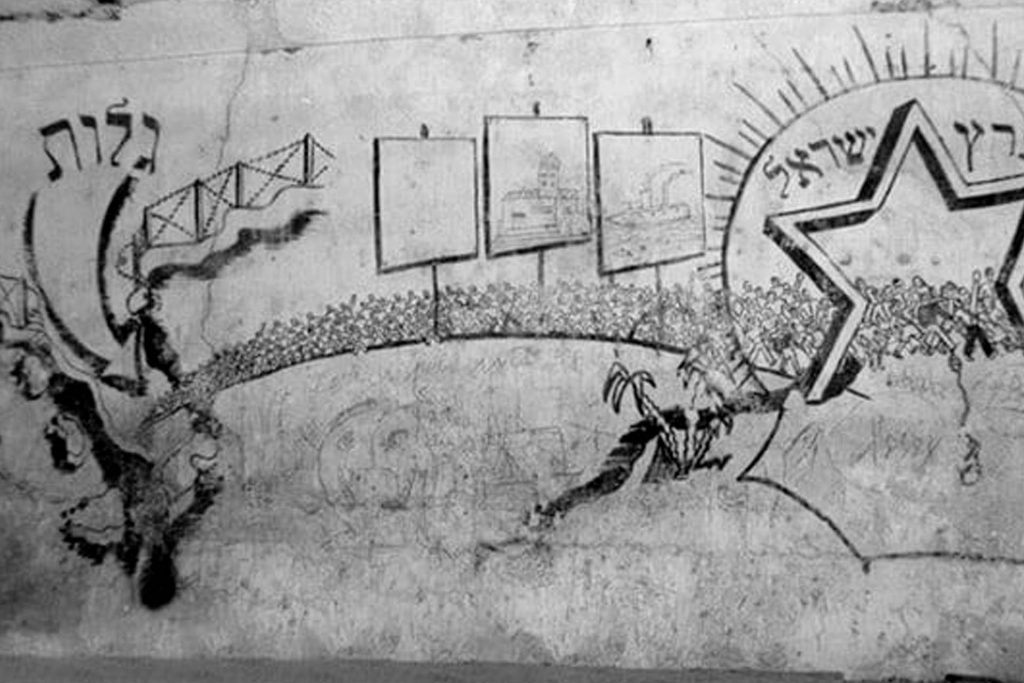Cart
1
Quantity
6,00 €
Product You May Also Like
Payment details
Sub Total
18,00 €
Shipping
Free!
Total
18,00 €
Apply

 Olio d'Oliva E.V. 100 cl
Olio d'Oliva E.V. 100 cl





















Leave a comment